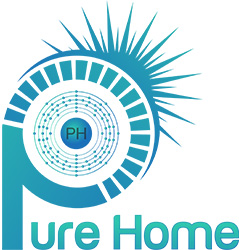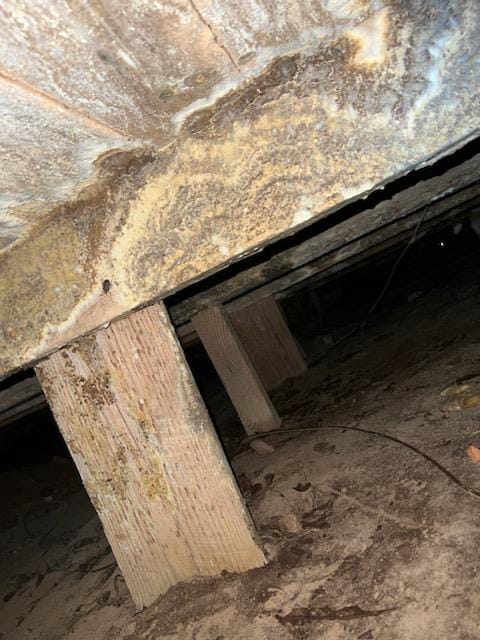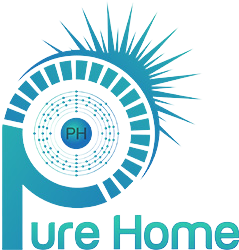How To Maintain A Healthy Crawl Space
Do you know what lurks beneath your home? Your crawl space may not be the most glamorous part of your house, but it plays a crucial role in maintaining the overall health of your living space.
We will discuss the importance of maintaining a healthy crawl space, the risks of neglecting it, how to inspect and keep it dry, ways to prevent and remove mold from the crawl space, improve air quality, insulate it properly, and the best practices for ongoing maintenance.
Let’s learn how to keep your crawl space in top condition!
Key Takeaways:
- Regularly inspecting your crawl space is crucial for maintaining a healthy environment and preventing potential issues.
- Keeping your crawl space dry is key to preventing mold and moisture, which can lead to health risks and damage to your home’s foundation.
- Proper insulation and ventilation are important for improving air quality and preventing mold growth in your crawl space. Don’t neglect regular maintenance for a healthy and functional crawl space.
What Is A Crawl Space?
A crawl space in a home is the area between the ground and the first floor that provides access to plumbing, wiring, and other utilities.
Typically found in basements or under the main level of a house, a crawl space is essential for allowing easy maintenance and repairs to crucial home systems. The purpose of this space goes beyond utility access; it also plays a significant role in regulating indoor humidity levels and ensuring proper ventilation throughout the home.
Ensuring that a crawl space is well-maintained can prevent issues such as mold growth, termite infestations, and structural damage to the property.
Why Is It Important To Maintain A Healthy Crawl Space?
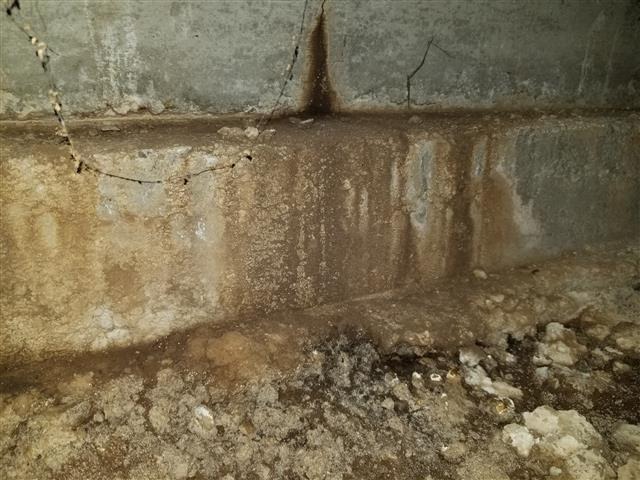
Maintaining a healthy crawl space in your home is crucial for preventing mold growth, protecting structural integrity, enhancing energy efficiency, and ensuring a safe living environment.
Aside from protecting the integrity of your home’s structure, a well-maintained crawl space also contributes significantly to energy conservation. By sealing off any potential leaks or drafts in the crawl space, you can improve insulation throughout your home, leading to reduced energy bills and increased comfort.
In addition, a healthy crawl space plays a vital role in home safety. Mold prevention not only preserves the indoor air quality but also mitigates potential health risks associated with mold exposure. To achieve a truly secure and healthy living environment, regular inspection and maintenance of the crawl space are essential.
What Are The Risks Of An Unhealthy Crawl Space?
An unhealthy crawl space in your home, one that is plagued with common crawl space problems, can lead to water damage, pest infestations, and compromised indoor air quality, posing risks to your property and health.
Water damage from a neglected crawl space can weaken the structural integrity of your home, setting the stage for costly repairs and mold growth.
Pest infestations, such as termites or rodents, often thrive in dark, damp crawl spaces, causing further harm and potential damage to your living space.
Poor indoor air quality resulting from mold spores and allergens in the crawl space can trigger respiratory issues and exacerbate allergies in household members.
How To Inspect Your Crawl Space?
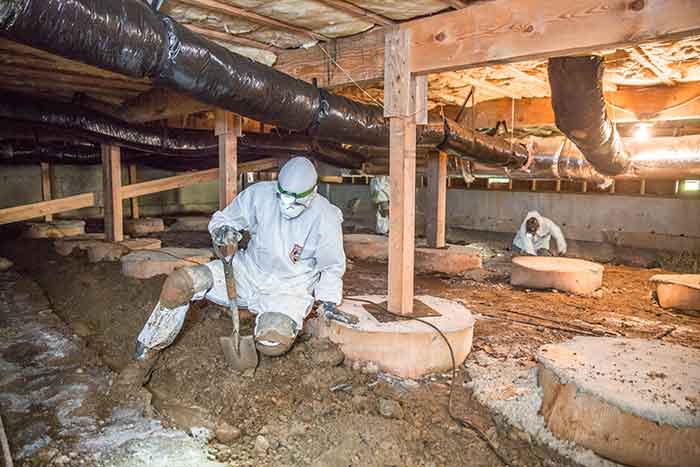
Conducting an annual inspection of your crawl space involves checking for foundation cracks, water leaks, mold growth, and signs of pest activity to ensure its structural integrity and functionality.
Start by visually examining the foundation, looking for any visible cracks or signs of shifting that could indicate potential structural issues.
Next, use a flashlight to inspect for any water leaks or moisture accumulation which can lead to mold growth.
Then, carefully examine any areas where pests could enter, such as openings around utility penetrations or vents.
Look for any musty odors or visible signs of mold which may require professional remediation.
Regular checks of your crawl space are crucial to catch problems early and maintain a healthy home environment.
What Are The Signs Of An Unhealthy Crawl Space?
Signs of an unhealthy crawl space include musty odors, visible mold growth, water stains, sagging floors, pest droppings, and increased energy bills, indicating potential issues that need immediate attention.
These indicators are crucial signals that the crawl space beneath your property may be facing serious problems. The musty odors often point to excess moisture and poor ventilation, which can lead to mold growth. Visible mold patches further highlight the presence of mold spores that can impact indoor air quality. Water stains suggest water intrusion that could weaken the structure. Sagging floors indicate potential structural issues, while pest droppings reveal the presence of unwanted visitors in the crawl space. Increased energy bills can result from poor insulation and air leakage, underlining the importance of addressing these issues promptly.
How To Keep Your Crawl Space Dry?
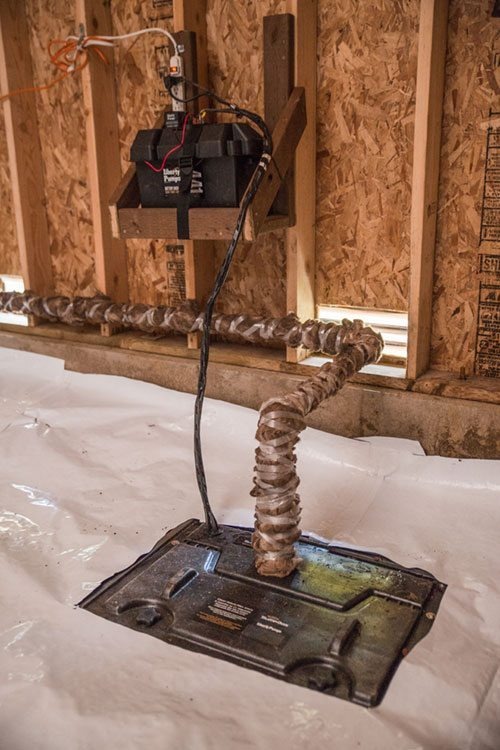
Keeping your crawl space dry involves installing a dehumidifier, fixing plumbing leaks, ensuring proper ventilation, and implementing a vapor barrier to prevent moisture buildup and water damage.
One effective method for controlling moisture in a crawl space is to use a dehumidifier, which helps reduce humidity levels and prevent mold and mildew growth. Repairing any plumbing leaks promptly is crucial to prevent water from seeping into the crawl space.
Improving ventilation in the crawl space by adding vents or fans can enhance air circulation, reducing the risk of dampness. Installing a vapor barrier on the floor and walls creates a barrier against moisture entering the space, further protecting it from potential water damage.
What Are The Causes Of Moisture In A Crawl Space?
Moisture in a crawl space can be caused by groundwater seepage, plumbing leaks, inadequate ventilation, high humidity levels, and lack of proper encapsulation, leading to mold growth, wood rot, and structural issues.
Groundwater infiltration occurs when water from the surrounding soil enters the crawl space, especially during periods of heavy rainfall or snowmelt. Plumbing leaks, whether from faulty pipes or fixtures, contribute significantly to the levels of moisture present. Inadequate ventilation restricts air circulation, allowing moisture to accumulate. High humidity exacerbates the problem by creating a conducive environment for mold and decay. Encapsulation, a process of sealing the crawl space, is essential to mitigate these issues and maintain the structural integrity of the building.
How To Fix Moisture Issues In A Crawl Space?
Remediating moisture issues in a crawl space involves addressing the root causes, such as repairing leaks, improving drainage, installing a dehumidifier, and encapsulating the space to create a dry and healthy environment.
Leak repairs are crucial to prevent water infiltration into the crawl space, which can lead to damp conditions and mold growth. Enhancing drainage around the perimeter of the foundation helps divert water away from the space, reducing the risk of moisture buildup. Setting up a dehumidifier helps maintain optimal humidity levels, preventing excess moisture in the air. Additionally, encapsulation involves sealing the crawl space with a vapor barrier to create a protective barrier against moisture intrusion, ensuring long-term dryness and preventing potential structural damage.
How To Prevent Mold In Your Crawl Space?
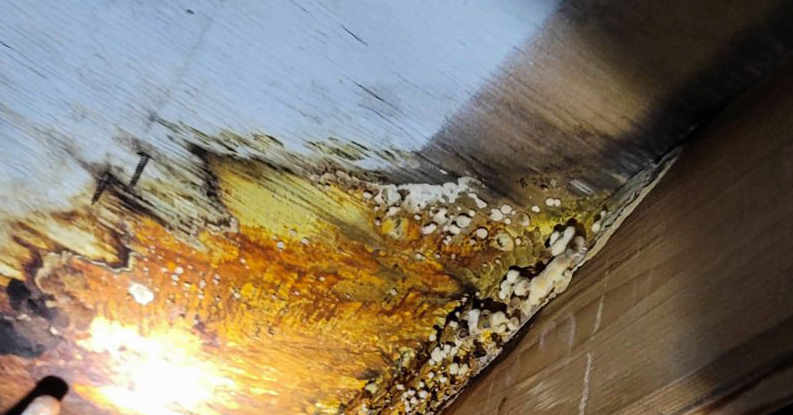
Preventing mold in your crawl space requires controlling moisture levels, ensuring proper ventilation, installing a vapor barrier, and promptly addressing any signs of mold growth to safeguard your property value and indoor air quality.
One of the critical aspects of preventing mold in a crawl space is effective moisture management. It’s essential to address any leaks or sources of water seepage that could lead to excess moisture accumulation. By keeping the crawl space dry, you create an inhospitable environment for mold growth. Improving ventilation in the crawl space can help reduce humidity levels and promote air circulation, further deterring mold formation.
Proactive mold removal practices involve regularly inspecting the crawl space for any mold growth, musty odors, or water damage. Immediate remediation of these issues can prevent mold from spreading and causing extensive damage to your property. Installing a vapor barrier is another effective measure to prevent moisture from penetrating the crawl space floor and walls, thereby reducing the likelihood of mold development.
What Are The Steps To Remove Mold From A Crawl Space?
Removing mold from a crawl space involves identifying the extent of contamination, using appropriate cleaning solutions, conducting thorough remediation, and scheduling a home inspection to verify successful mold removal for maintaining property value.
Once the contamination level is determined, the next step is to select suitable cleaning products for mold removal. It’s crucial to opt for products specifically designed for mold remediation to ensure effective results. Using high-quality cleaning solutions is essential to prevent mold regrowth.
After selecting the appropriate products, begin the remediation process by diligently cleaning the affected areas. This step requires attention to detail to ensure all mold traces are eliminated. Thoroughly scrubbing and disinfecting the crawl space is vital to prevent any remaining spores from causing further issues.
How To Improve Air Quality In Your Crawl Space?
Enhancing air quality in your crawl space involves sealing off entry points for pests, ensuring proper ventilation, installing air vents, and considering encapsulation to isolate the space from external contaminants and maintain indoor air freshness.
To prevent pests from inhabiting your crawl space, it’s essential to seal any cracks or gaps in the foundation and walls that may serve as entry points for insects and rodents. Proper ventilation can be achieved by installing vents that allow for fresh air circulation, reducing the buildup of moisture and preventing mold growth. Strategic placement of air vents helps maintain a balanced airflow, promoting better air quality throughout the space.
Encapsulation provides a more comprehensive solution by creating a vapor barrier that keeps out moisture, pests, and pollutants, effectively isolating the crawl space from the rest of the house. This method not only improves indoor air quality but also enhances energy efficiency by sealing off drafts and reducing the workload on heating and cooling systems. Ensuring clean air in your home contributes to a healthier living environment, benefiting your family’s overall well-being and reducing the risk of respiratory issues caused by poor air quality.
How To Insulate Your Crawl Space?
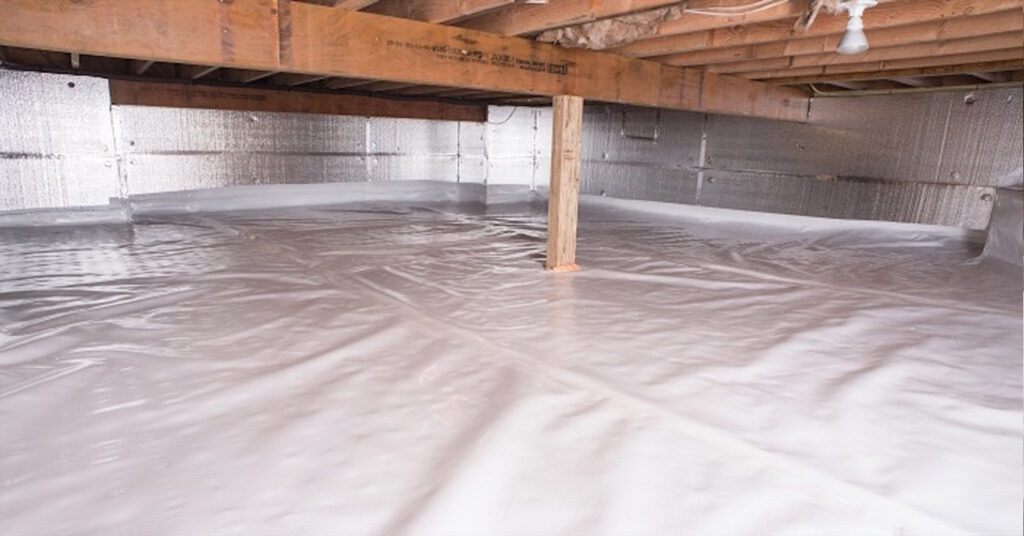
Insulating your crawl space can improve energy efficiency, regulate indoor temperatures, prevent moisture buildup, and enhance overall home comfort by installing appropriate insulation materials and vapor barriers.
There are various types of insulation materials that can be used for a crawl space, such as fiberglass, foam board, or spray foam, each with its unique benefits and installation requirements.
To ensure effective insulation, proper installation techniques like sealing air leaks, covering exposed areas, and securing insulation without compression are crucial.
Integrating a vapor barrier along with insulation helps control moisture infiltration, reducing the risk of mold growth and structural damage.
By enhancing the energy conservation capabilities of your home through adequate insulation, you can lower utility costs, improve indoor comfort levels, and contribute to a more sustainable living environment.
What Are The Benefits Of Crawl Space Insulation?
Crawl space insulation offers benefits such as improved energy efficiency, enhanced structural integrity, minimized moisture issues, and increased overall home comfort, making it an essential component of home maintenance and comfort.
Insulating the crawl space not only helps in reducing energy costs by maintaining a consistent temperature in the home through preventing heat loss, but it also plays a crucial role in strengthening the overall structure of the house. It serves as a shield against moisture buildup, preventing issues like mold growth and wood rot.
By creating a barrier between the ground and the living space, crawl space insulation contributes significantly to regulating indoor humidity levels and providing a comfortable living environment. This, in turn, facilitates a healthier home environment and supports the longevity of your home’s HVAC systems.
What Are The Different Types Of Crawl Space Insulation?
Various types of crawl space insulation include fiberglass batts, spray foam, rigid foam boards, and reflective insulation, each offering unique benefits in terms of energy efficiency, moisture resistance, and encapsulation capabilities.
Crawl space insulation is crucial for maintaining a comfortable and energy-efficient indoor environment. Fiberglass batts are a popular choice due to their affordability and ease of installation, providing excellent thermal resistance. Spray foam insulation, on the other hand, creates a seamless air barrier, reducing thermal bridging and improving overall energy efficiency.
Rigid foam boards offer high R-values per inch, making them effective insulators against heat transfer. They are moisture-resistant, preventing mold and mildew growth. Reflective insulation utilizes a radiant barrier to reflect heat away, enhancing cooling efficiency in warmer climates.
How To Maintain Your Crawl Space?
Maintaining your crawl space involves adhering to best practices such as regular inspections, moisture control, mold prevention, pest management, and insulation upkeep to preserve property value and ensure a healthy living environment.
Inspections are crucial to catch any issues early on, from water leaks to insulation damage. When left unattended, these problems can escalate, leading to costly repairs and potential health hazards. Controlling moisture is equally important, as excessive dampness can promote mold growth and attract pests. Implementing strategies to regulate humidity levels and ensure proper ventilation can significantly reduce these risks.
Additionally, mold prevention measures like sealing cracks and using dehumidifiers can safeguard your crawl space from harmful fungi. Regular pest control, whether through professional services or DIY methods, is essential to keep unwanted intruders at bay. Insulation maintenance, including checking for any gaps or damage, plays a key role in energy efficiency and comfort within your home.
What Are The Best Practices For Crawl Space Maintenance?
The best practices for crawl space maintenance include conducting annual inspections, maintaining proper ventilation, sealing entry points for pests, installing a vapor barrier, and considering encapsulation to safeguard the space from moisture and contaminants.
Regular inspections are crucial as they help identify any potential issues early on, preventing costly repairs down the line. Adequate ventilation is essential to prevent mold and mildew growth, ensuring a healthy environment within the crawl space. Sealing off entry points for pests such as rodents and insects is vital in maintaining the structural integrity of the area and protecting against unwanted infestations.
Installing a vapor barrier serves as a barrier against moisture, preventing water damage and mold formation. Encapsulating the crawl space can provide additional protection by creating a sealed environment that minimizes the risk of humidity and contaminants seeping in, ultimately enhancing the overall durability and efficiency of the space.
Frequently Asked Questions about How To Maintain A Healthy Crawl Space
What exactly is a crawl space and why is it important to maintain its health?
A crawl space is a small, confined area located beneath a home’s first floor, typically used for access to plumbing, wiring, and other utilities. It is important to maintain its health to ensure the overall health and safety of your home, as well as prevent potential damage and costly repairs.
How do I know if my crawl space is healthy?
Some signs of an unhealthy crawl space include musty odors, visible mold or mildew, standing water, and high humidity levels. Regular inspections and proactive maintenance can help identify and prevent potential issues.
What steps can I take to maintain a healthy crawl space?
To maintain a healthy crawl space, it is important to keep it clean and dry. This can be achieved by regularly removing any debris, repairing leaks or cracks, and ensuring proper ventilation and drainage.
Can I prevent mold and mildew in my crawl space?
Yes, mold and mildew can be prevented by controlling moisture levels in the crawl space. This can be done through proper ventilation, using a dehumidifier, and fixing any leaks or plumbing issues.
Are there any benefits to maintaining a healthy crawl space?
Yes, a healthy crawl space can lead to a healthier home environment, improved energy efficiency, and prevent damage to your home’s foundation and structure.
How often should I check and maintain my crawl space?
It is recommended to check and maintain your crawl space at least once a year, preferably in the spring or fall. However, if you notice any signs of issues, it is best to address them immediately to prevent further damage.
